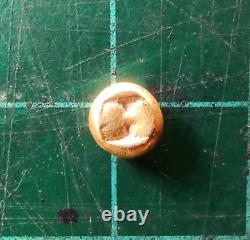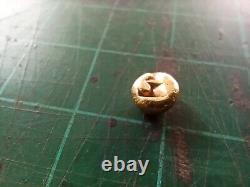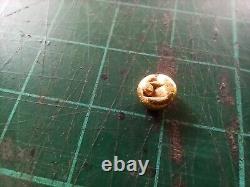
- Home
- Brand / Mint
- American Mint (11)
- Balerna Switzerland (10)
- British Royal Mint (58)
- China (10)
- Chinese Mint (204)
- Cit (25)
- Credit Suisse (16)
- Franklin Mint (28)
- Holy Land Mint (11)
- Mayer Mint (23)
- Mexican Mint (106)
- Mixed Lot (14)
- New Zealand Mint (14)
- Pamp Suisse (24)
- Patriots Coin (16)
- Royal Canadian Mint (162)
- South African Mint (12)
- The Perth Mint (42)
- U.s. Mint (112)
- Valcambi (34)
- ... (3353)
- Certification
- Composition
- Fineness
- Type
- Year
Javanese Tahil Masa Gold Coin






Random as stock - Picture just a sample. Please send us a message to pick latest stock picture or send it randomly. Gold coinage used in the Malay archipelago between the ninth to thirteenth centuries. Presumably first developed in Java during the Sailendra period before spreading to various locations such as Sumatra and Malay Peninsula.
Occasionally referred as piloncito due to similarities with early gold currencies used in the Philippines. Often inaccurately referred as Majapahit coin, even though common use of this coin predates the founding of Majapahit empire in 1293 AD. Early specimens resemble small, flattened, round-edged dice; later specimens are more spherical. Surviving specimens show quite consistent weight between 2.4-2.5 grams, which would correspond to ma? A unit despite the tahil inscription (Christie 1996: 250-251).
These coins was part of a system used in classical Java and Bali with ideal weight and unit reconstructed as follow (Wicks 1986: 45, 59) (Christie 1996: 257-260). I (608.96 g) = 16 suvar? A / tahil (38.06 g) = 16 ma? A (2.412 g) = 4 kupang. 1 kupang (0.603 g). In Old Javanese inscriptions, these units are invariably abbreviated as ka, su/ta, ma, and ku.The latest inscription that referred to these units is from 1296 AD.

